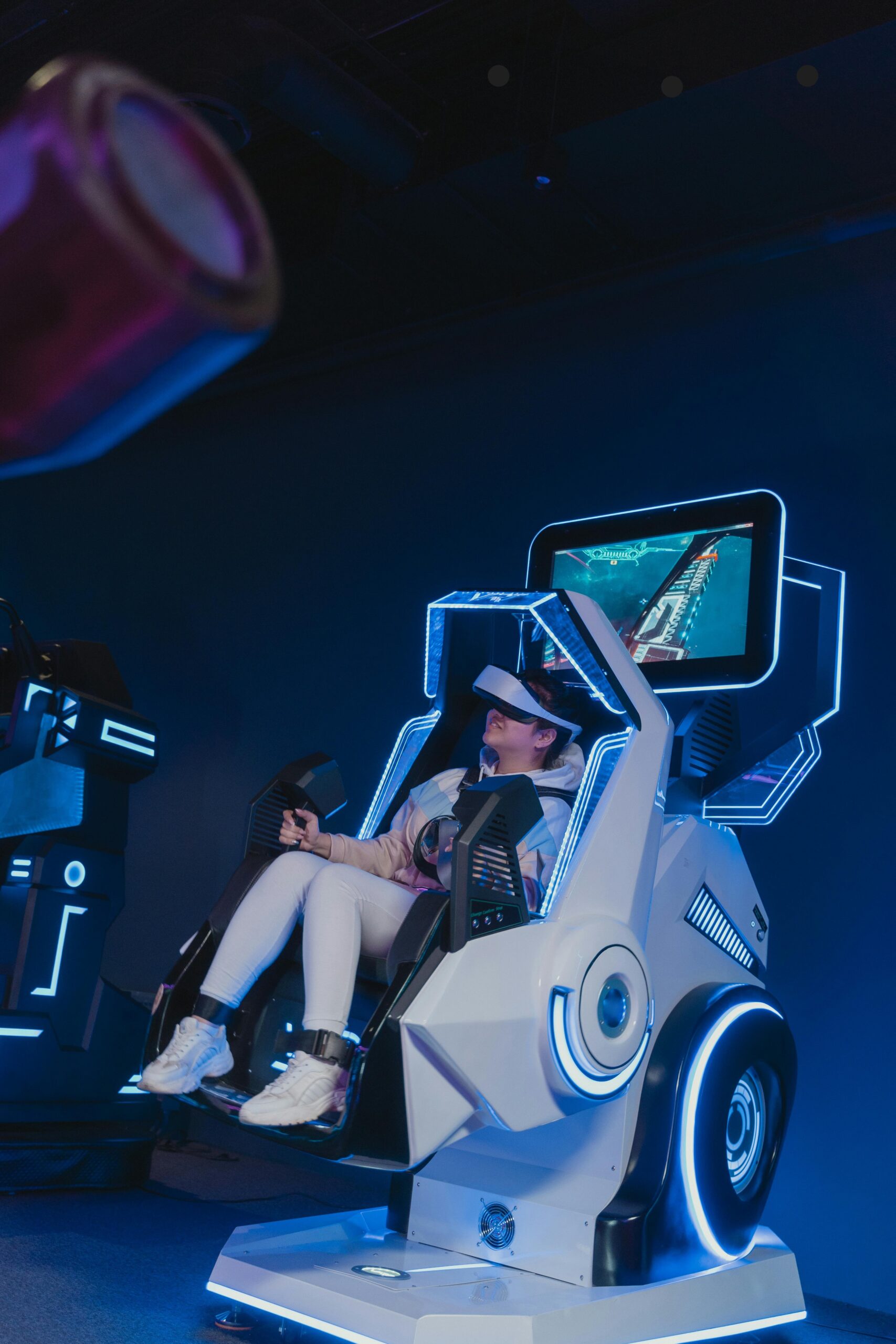In the ever-evolving realm of technology, Augmented Reality (AR) has emerged as a groundbreaking innovation, significantly transforming user experience in computing. This advanced technology overlays digital information onto the physical world, creating an interactive and immersive experience for users. From gaming and education to healthcare and retail, AR is reshaping various industries, offering new possibilities and enhancing user engagement like never before.
Augmented Reality: Transforming User Experience in Computing
Augmented Reality (AR) has rapidly become a vital tool in enhancing user experience across different computing platforms. By merging the digital and physical worlds, AR provides users with an enriched, interactive experience that extends beyond traditional computing interfaces. This fusion of realities has opened up new avenues for innovation, allowing users to interact with digital content in a more natural and intuitive manner.
The Evolution of Augmented Reality
The concept of Augmented Reality is not entirely new. It traces its roots back to the 1960s, but it wasn’t until the advent of advanced computing power and mobile technology that AR became accessible to the masses. Early implementations of AR were limited to specialized equipment and environments, but today’s smartphones and tablets have made AR a mainstream phenomenon. This evolution has been fueled by advancements in computer vision, sensor technology, and machine learning, which have collectively enhanced the accuracy and functionality of AR applications.
Applications of Augmented Reality in Various Industries
Gaming and Entertainment
One of the most popular applications of AR is in the gaming industry. Games like Pokémon GO and Harry Potter: Wizards Unite have captivated millions of players worldwide by blending virtual elements with the real world. These AR games offer an immersive experience, encouraging players to explore their surroundings and interact with digital characters and objects in real-time.
Education and Training
AR is revolutionizing the education sector by making learning more interactive and engaging. Educational institutions are leveraging AR to create immersive learning environments, where students can visualize complex concepts and interact with 3D models. For instance, medical students can use AR to practice surgical procedures in a simulated environment, enhancing their skills and reducing the risk of errors in real-life scenarios.
Healthcare
In healthcare, AR is being used to improve patient care and medical training. Surgeons can utilize AR glasses to overlay critical information during operations, enhancing precision and reducing the likelihood of mistakes. Additionally, AR-based applications are being developed to assist in diagnosing conditions, providing real-time data to healthcare professionals and improving patient outcomes.
Retail and E-commerce
Retailers are also harnessing the power of AR to enhance the shopping experience. AR enables customers to virtually try on clothes, accessories, and even makeup before making a purchase, reducing the uncertainty and increasing customer satisfaction. E-commerce giants are integrating AR features into their platforms, allowing users to visualize products in their homes before buying, thereby bridging the gap between online and offline shopping experiences.
The Impact of Augmented Reality on User Experience
Enhanced Interaction
One of the primary ways AR transforms user experience in computing is by enhancing interaction. Traditional interfaces, such as keyboards and touchscreens, limit the ways users can engage with digital content. AR breaks these barriers by enabling users to interact with virtual objects in a three-dimensional space, making the experience more engaging and intuitive.
Increased Engagement
AR has the ability to capture users’ attention and maintain their interest for longer periods. The immersive nature of AR experiences keeps users engaged, whether they are playing a game, learning a new skill, or shopping for products. This increased engagement translates to higher user satisfaction and retention, which is crucial for businesses and developers.
Personalization
AR allows for a high degree of personalization, tailoring experiences to individual users based on their preferences and behaviors. For example, AR applications can provide personalized recommendations in retail settings or adapt educational content to match a student’s learning pace and style. This level of customization enhances the overall user experience, making it more relevant and enjoyable.
Challenges and Future Prospects
While AR holds immense potential, it also faces several challenges. Developing AR applications requires significant investment in technology and expertise. Ensuring seamless integration with existing systems and devices can be complex, and there are ongoing concerns about privacy and data security. Additionally, creating content that is both engaging and useful remains a challenge for developers.
Looking ahead, the future of AR is promising. As technology continues to advance, we can expect AR to become even more sophisticated and widespread. Innovations such as AR glasses and wearable devices will further integrate AR into our daily lives, transforming how we interact with the world around us.
Conclusion
In conclusion, Augmented Reality is transforming user experience in computing by merging the digital and physical worlds in innovative ways. From gaming and education to healthcare and retail, AR is enhancing interaction, increasing engagement, and offering personalized experiences. While there are challenges to overcome, the future of AR is bright, with endless possibilities for improving how we live, work, and play.
FAQ
Q: What is Augmented Reality (AR)?
A: Augmented Reality (AR) is a technology that overlays digital information onto the physical world, creating an interactive and immersive experience for users.
Q: How is AR used in gaming?
A: AR is used in gaming to blend virtual elements with the real world, creating immersive experiences. Popular AR games include Pokémon GO and Harry Potter: Wizards Unite.
Q: What are the benefits of AR in education?
A: AR enhances education by making learning more interactive and engaging. It allows students to visualize complex concepts and interact with 3D models, improving comprehension and retention.
Q: How does AR improve healthcare?
A: AR improves healthcare by providing real-time data and overlays during medical procedures, enhancing precision and reducing errors. It also assists in diagnosing conditions and training healthcare professionals.
Q: Can AR be used in retail?
A: Yes, AR is used in retail to enhance the shopping experience. It allows customers to virtually try on products and visualize items in their homes before making a purchase, increasing satisfaction and reducing returns.
Q: What are the future prospects of AR?
A: The future of AR is promising, with advancements in technology leading to more sophisticated and widespread applications. Innovations like AR glasses and wearable devices will further integrate AR into daily life.




